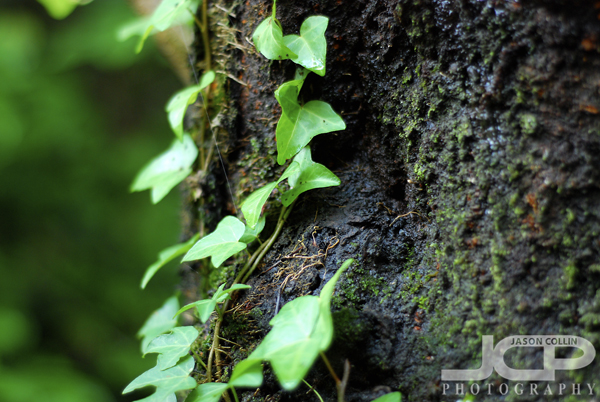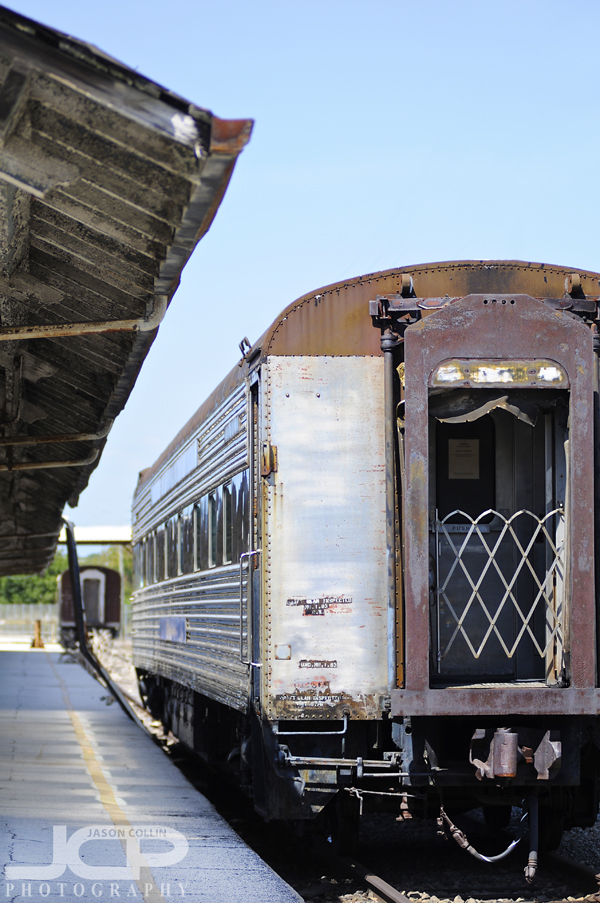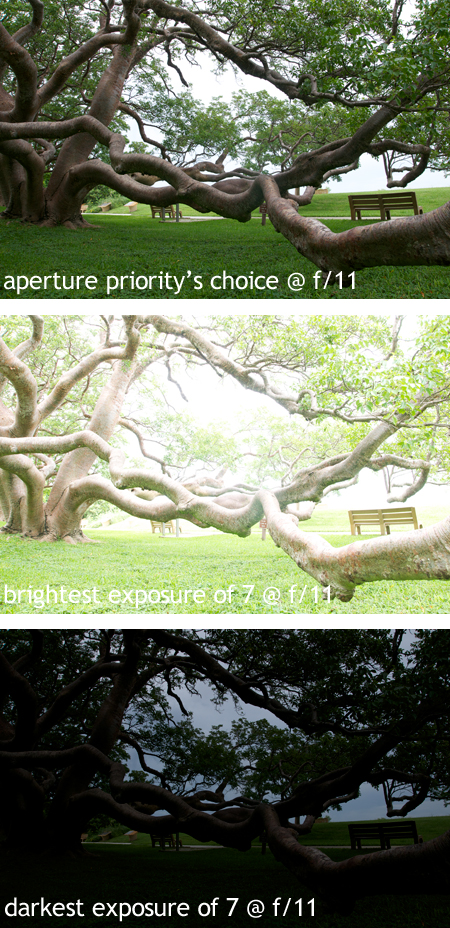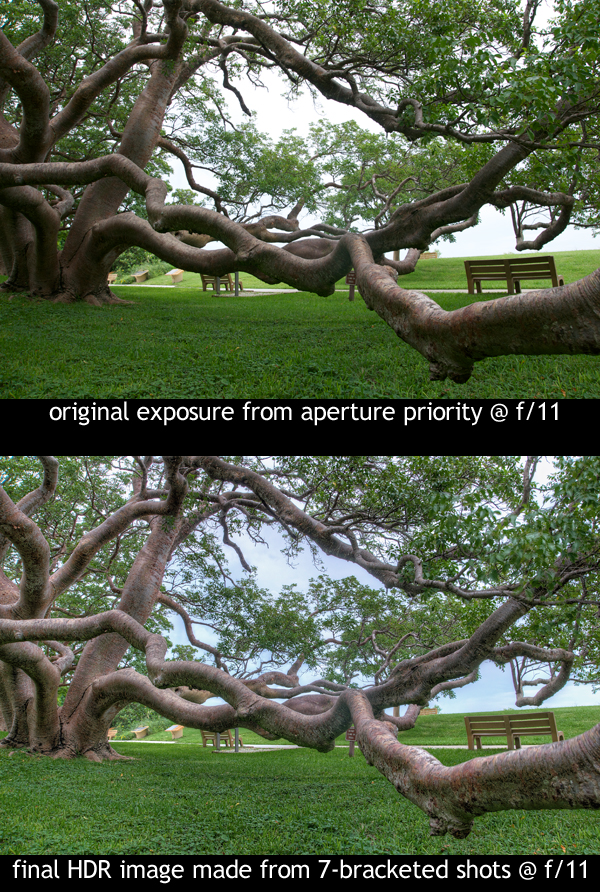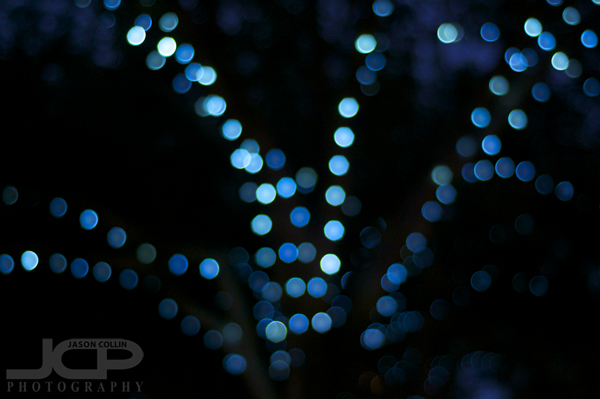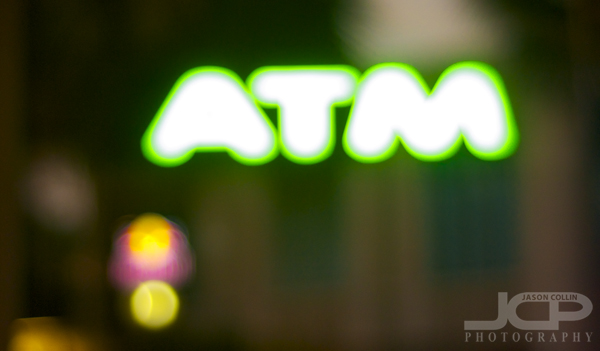 Photography strength, like many other things, comes from confidence - Nikon D300 with Nikkor 50mm f/1.8D lens @ f/2.2 ISO 200 1/1250thRecently I have had DSLR Photography Lesson students who have wanted to go beyond just knowing how to use the basic functions of their DSLR. Yet, they are still at the very beginning of understanding photography and how to make images with confidence.
Photography strength, like many other things, comes from confidence - Nikon D300 with Nikkor 50mm f/1.8D lens @ f/2.2 ISO 200 1/1250thRecently I have had DSLR Photography Lesson students who have wanted to go beyond just knowing how to use the basic functions of their DSLR. Yet, they are still at the very beginning of understanding photography and how to make images with confidence.
PHYSICAL CONFIDENCE
I was surprised to find that for some people there is even a lack of confidence in holding (and using) their gear at a physical level. From the very first photography lesson with anyone, I teach how to properly hold a DSLR. Then I show them how to properly stand. Then I often tell them to get rid of the flip-flops and where proper shoes (like these). Having a confident grip on your DSLR and maintaining a strong stance are the very first things needed in order to achieve an overall confidence level.
When I grip my Nikon D300 and pull it up to my eye and look throug the viewfinder, something clicks inside of me. It makes me feel stronger. Just before doing this, I was only standing somewhere. With camera to my eye, now I am going to be looking for and making photographs. To give an example, a few weeks ago I was at a networking event, a place I do not feel confident at all and mostly feel uncomfortable. I enter a room filled with people I do not know and am only there because hopefully I can meet someone who needs my photography services or can refer me to someone who does. It is my least favorite aspect of being a professional photographer, the "hustle" to book jobs. After semi-painfully making small talk with a few people, I went off to a corner of the room and pulled out my D300. Instantly I had purpose and confidence and felt totally comfortable. I only took three shots of the room, but that was enough.
The rest of physical confidence with your gear comes from being able to make a wholesale change of settings (aperture, shutter speed, white balance, ISO, focus mode) in 5 seconds (or so, depending if your camera has the ergonomics to do it). I can change any of those five settings without really even looking, or better stated without having to remove my eye from the viewfinder. If you have to hunt around your DSLR body to change any of those five things, then you cannot have confidence in using your gear. You must learn how to change any and all of those settings as quickly as you can until you can do so almost without looking.
EXPOSURE CONFIDENCE
To be able to quickly change the above five settings, one must also have exposure confidence. This type of confidence will take much longer to achieve than physical confidence, though it need not. What is needed to produce a good exposure can be explained in one minute. To be able to produce consistently well exposed images may take thousands of practice shots. Students often ask me, how do you know to start out at such and such settings. I answer, "because I have shot in light like this many times before." The more time spent shooting, the more experience gained, then the more your exposure confidence will grow. If you are not confident about your settings before you push the shutter, then you will never on purpose create a great shot. If it happens, it will only be by luck. This does not mean that a confident photographer always produces a great exposure on the very first shot, but it does mean that within 2 more shots he/she will.
CREATIVE CONFIDENCE
Once you no longer have to worry about how to hold and use your gear, and how to get a good exposure, the last area of confidence to work on is creative confidence. It is extremely hard to be able to produce creative photographs while searching for how to change your aperture and then not even being sure what aperture you should change it to. Creative confidence starts when you approach a shot with physical confidence, then within 2 or 3 shots get your exposure and other settings locked in so you are confident in your exposure, which now frees you to just focus on composition, posing, framing, etc. At this point, you will be able to consistently and repeatedly produce satisfying photographs.
Reserve your own 1-on-1 DSLR Photography Lesson with Jason today!
Learn more about the lessons
Read more photography tips 